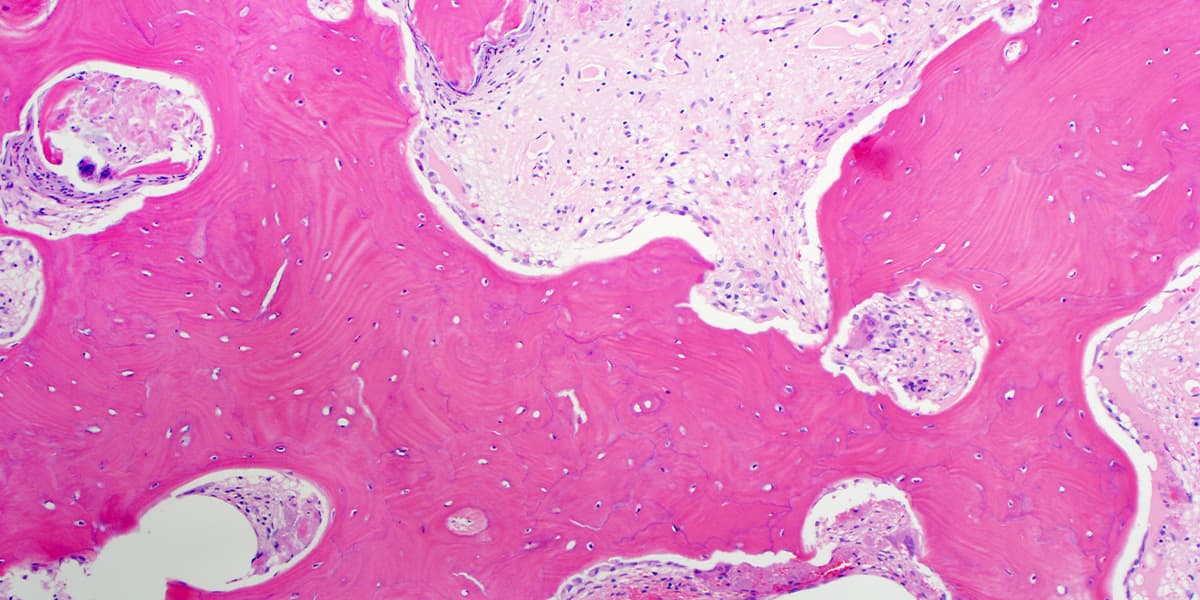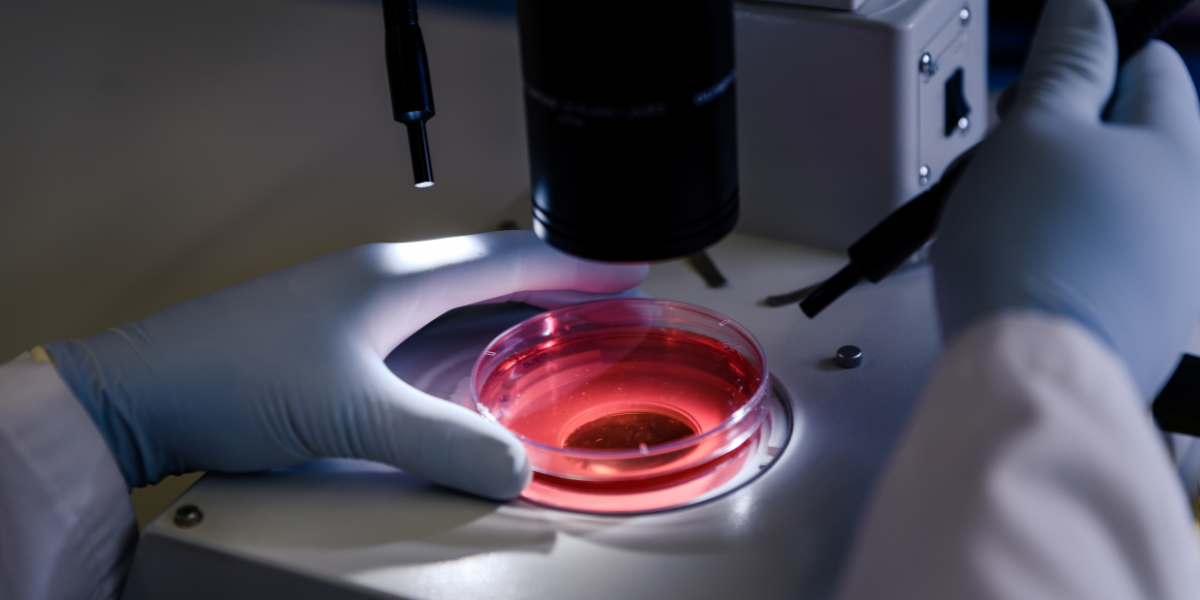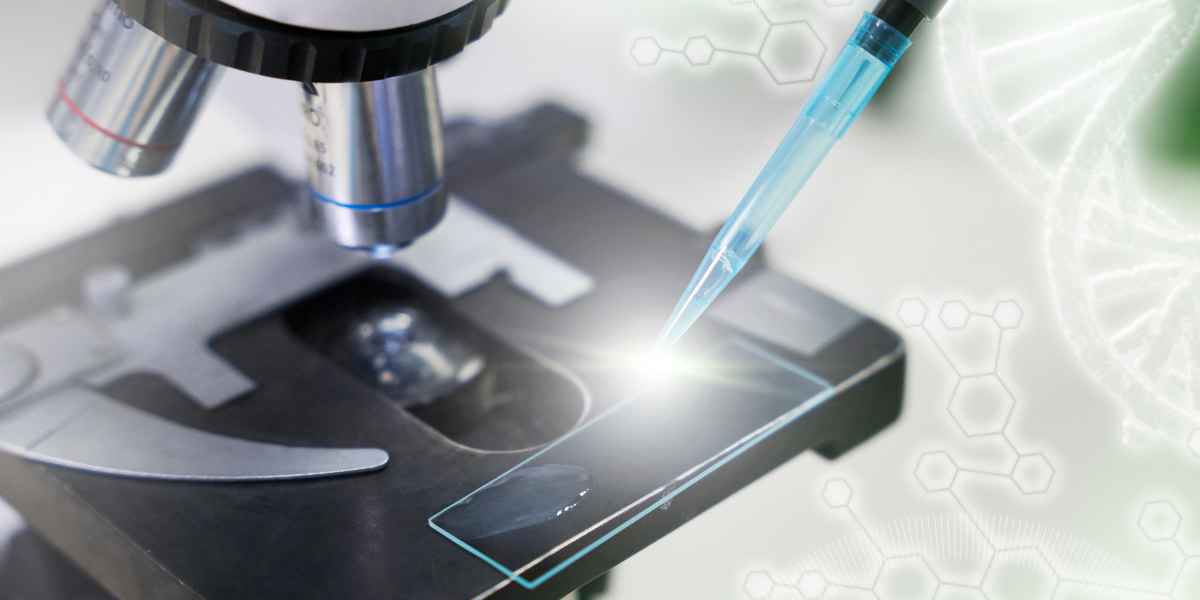Cancer is among the leading causes of death worldwide. An estimated 610,000 people will die of cancer in 2023, and the number is expected to rise in the future. Understanding different types of cancer and their symptoms helps lead to earlier detection, ultimately improving the chances of successful treatment and leading to better outcomes.
Learn About the Most Common Early Signs of Melanoma
Common Types of Cancer and Their Symptoms
Breast Cancer
Breast cancer first emerges in the cells of breast tissue. Over time, cancer cells can invade nearby tissues and spread to other parts of the body. Some of the common symptoms of breast cancer include:
- lump or thickening in the breast or underarm
- changes in breast size or shape
- breast pain
- nipple discharge
- changes in breast skin
Lung Cancer
Lung cancer begins in the cells of the lungs and may spread to your lymph nodes or other organs. There are two main types of lung cancer: non-small cell lung cancer (NSCLC), which is more common, and small cell lung cancer (SCLC). Lung cancer is often caused by smoking—which is the leading cause of cancer in the US—or exposure to secondhand smoke; however, it can also be caused by other factors such as exposure to air pollution, radon gas, and certain chemicals. Symptoms of lung cancer may include:
- persistent cough
- chest pain
- shortness of breath
- wheezing
- hoarseness
- coughing up blood
Skin Cancer
Skin cancer develops due to damage to skin cells’ DNA, typically caused by exposure to ultraviolet (UV) radiation from the sun or other sources, such as tanning beds. There are three main types of skin cancer: basal cell carcinoma, squamous cell carcinoma, and melanoma. Melanoma, though less common, is the most dangerous type. Potential symptoms include:
- Changes in the size, shape, or color of existing moles or other skin lesions
- Appearance of a new spot on the skin
- Irregular or asymmetrical shape of a mole or other skin lesion
- Uneven or irregular borders around a mole or skin lesion
- Unusual colors within a mole or skin lesion
- A mole or skin lesion that is larger than 6 millimeters in diameter

Colon Cancer
Colon cancer usually begins as a small non-cancerous growth called a polyp, which can develop on the lining of the colon or rectum. Over time, some polyps become cancerous and grow into tumors. Screenings are recommended for individuals aged 45 and older. Symptoms may include:
- change in bowel habits
- blood in the stool
- abdominal pain or cramping
- unexplained weight loss
Lymphoma
Lymphoma is a type of cancer that affects the lymphatic system (which includes lymph nodes, spleen, and bone marrow). Lymphoma occurs when lymphocytes start to grow uncontrollably, forming tumors in the other parts of the body. Symptoms include:
- swollen lymph nodes
- fever
- night sweats
- itching
- unexplained weight loss
*Note: There are many other types of cancers. These are just a few of the most common ones.
The Role of Pathology in Diagnosing Cancer
The diagnosis of cancer depends on pathology, which involves examining tissues, organs, and body fluids. When a patient shows symptoms of cancer, a biopsy is commonly conducted to obtain a sample from the affected area. An expert pathologist examines and evaluates the sample to determine the presence of cancer cells.
Understanding the types of cancer and their symptoms is crucial for early treatments and successful outcomes. If you suspect that you have cancer, please talk to your healthcare provider as soon as possible.





